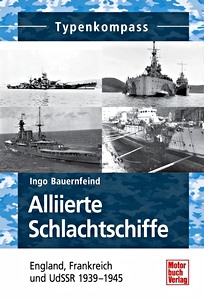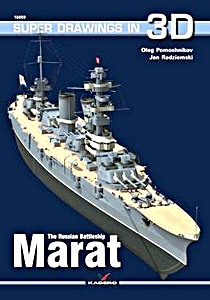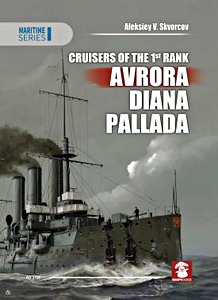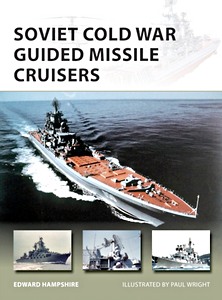Alliierte Schlachtschiffe - England, Frankreich und UdSSR 1939-1945 (Typenkompass)
Die Flottenbegeisterung von Wilhelm II. mündete in einem Wettrüsten auf See, denn seine Schlachtflotte galt ihm als Symbol der Weltgeltung. In diesem Typenkompass wird die deutsche Kriegsmarine der Kaiserzeit hervorragend und systematisch vorgestellt.
Deutsche Grosskampfschiffe und Kreuzer während des Ersten Weltkriegs und Dickschiffe der kaiserlichen Marine porträtiert Robert Rosentreter mit Namen, Typen, Bewaffnungen, technischen Daten, Werdegang und Verbleib.
![Seiten aus dem Buch [TK] Alliierte Schlachtschiffe - GB, F und USSR 39-45 (1)](../afb/details/PP03491.jpg)
Nach 1918 verloren die Schlachtschiffe zwar an Bedeutung, doch insbesondere in England und Frankreich liefen weiterhin die prestigeträchtigen Grosskampfschiffe vom Stapel. Das Aufkommen der U-Boot-Waffe und der Flugzeugträger wies den schwimmenden Festungen allerdings ihre Grenzen auf, dennoch spielten sie im Zweiten Weltkrieg noch eine wesentliche Rolle.
Ingo Bauernfeind zeigt in diesem Typenkompass die Grosskampfschiffe der Alliierten mit wichtigen Einsatzdaten, technischen Angaben und aussagestarken Bildern.
Jeder Typ wird anhand eines Fotos, einer historischen Beschreibung und eines technischen Datenblatts vorgestellt.
Details
| Autor: | Ingo Bauernfeind |
|---|---|
| Ausführung: | 128 Seiten, 20.5 x 14 cm, kartoniert |
| Abbildungen: | 115 s/w-Abbildungen und 3 Farbfotos |
| Verlag: | Motorbuch Verlag (D, 2012) |
| Serie: | Typenkompass |
| ISBN: | 9783613034914 |

Alliierte Schlachtschiffe - England, Frankreich und UdSSR 1939-1945
Sprache: Deutsch
Erhältlich bei Amazon - sichere Zahlung und schnelle Lieferung
Kaufen bei Amazon DE





